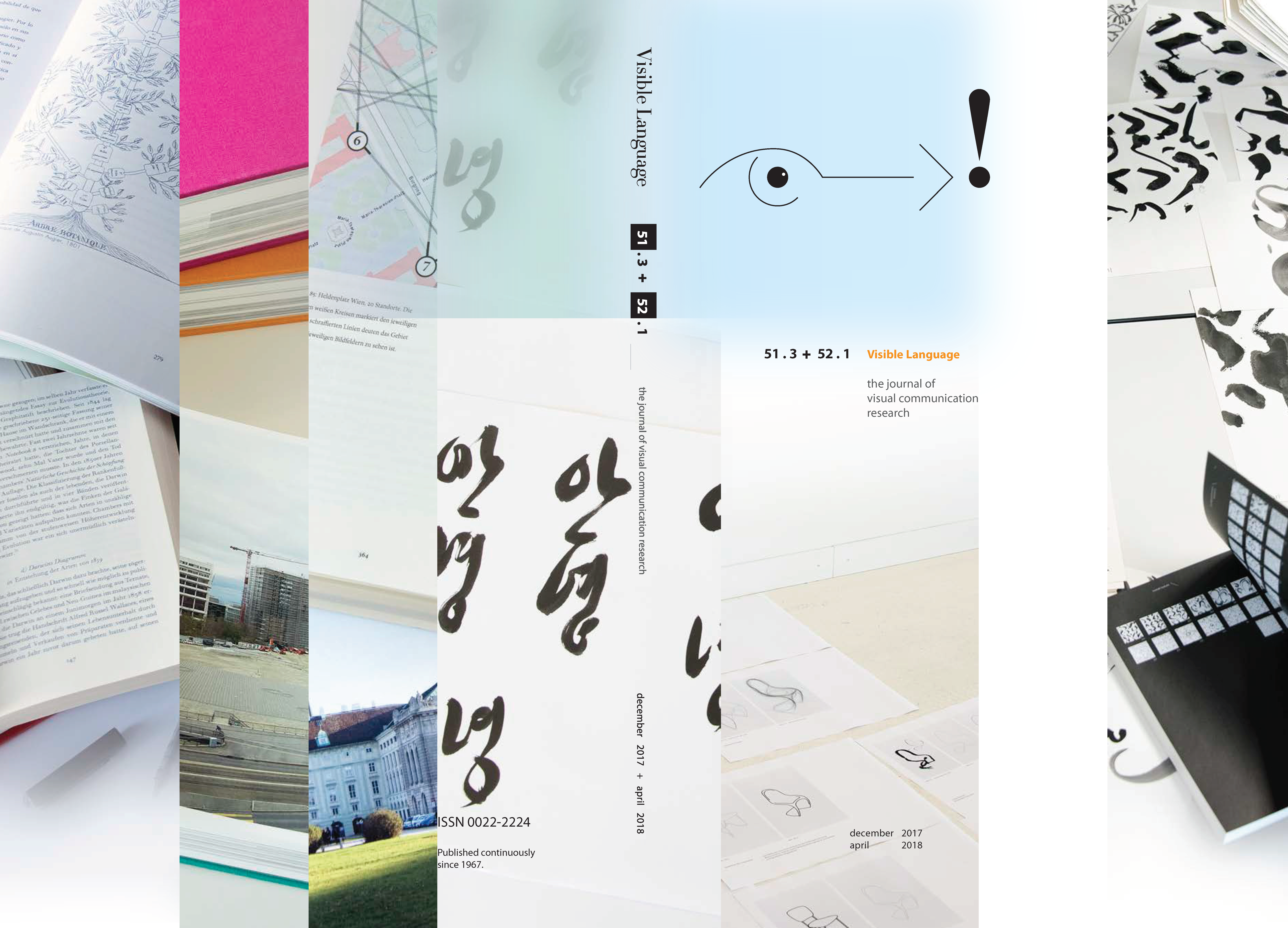Identifying Design Processes in Photography by Analyzing Photographic Strategies in the Documentation of Public Places: "It's hard to be down when you're up."
Abstract
Recent research in the fields of image studies, visual communication, graphic design, and the history of science shows that there are 'design processes' – specific decision-making processes – in the practices of designing, painting, or drawing. I assumed that parallels could be drawn between those visual practices and photography. This paper explores how taking pictures within a research context enables the analysis and verbalization of strategies that are employed in photographic design processes. Despite a growing body of knowledge around image creation, little research has been conducted on photographic design processes. Viable contact sheets, sketches, proofs, or notes have not been available yet for proper research. Thus "practice-led iconic research" is adapted as a method for photography – possibilities of photographic practice and its strategies are explored as an instrument of research. The research questions were narrowed down to inquire into the image production of documentary photographs, specifically, of four public squares in Switzerland and Austria: How do photographs have to look in order to be recognized as documentation of a certain place? Is it possible to identify specific photographic strategies for documentary image generation? It was found that there are several strategies that support a documentary impression if they are employed during the creative process of photography, such as top views, critical distance, or frontality. The findings can contribute to the question of how visual meaning might be generated, enhancing an understanding of photography and design in the field of design practice as well as theory. This paper is based on the dissertation "Strategies of an Image Practice" (Aichmaier 2016).Downloads
Published
2017-11-01
Issue
Section
Journal Article

